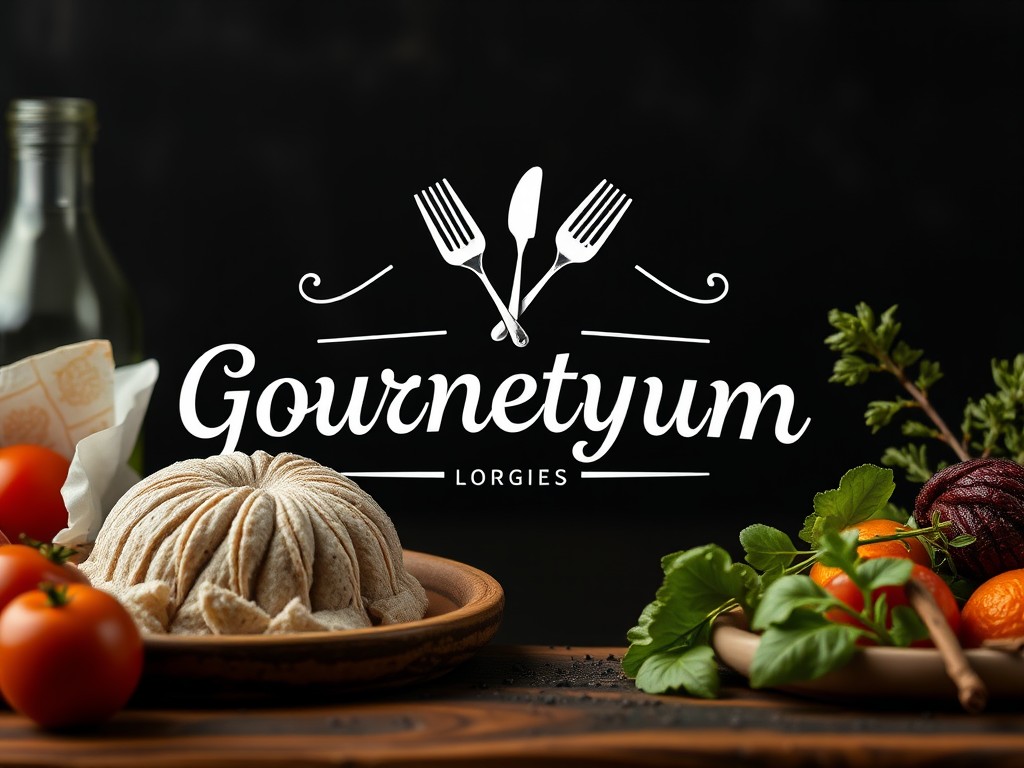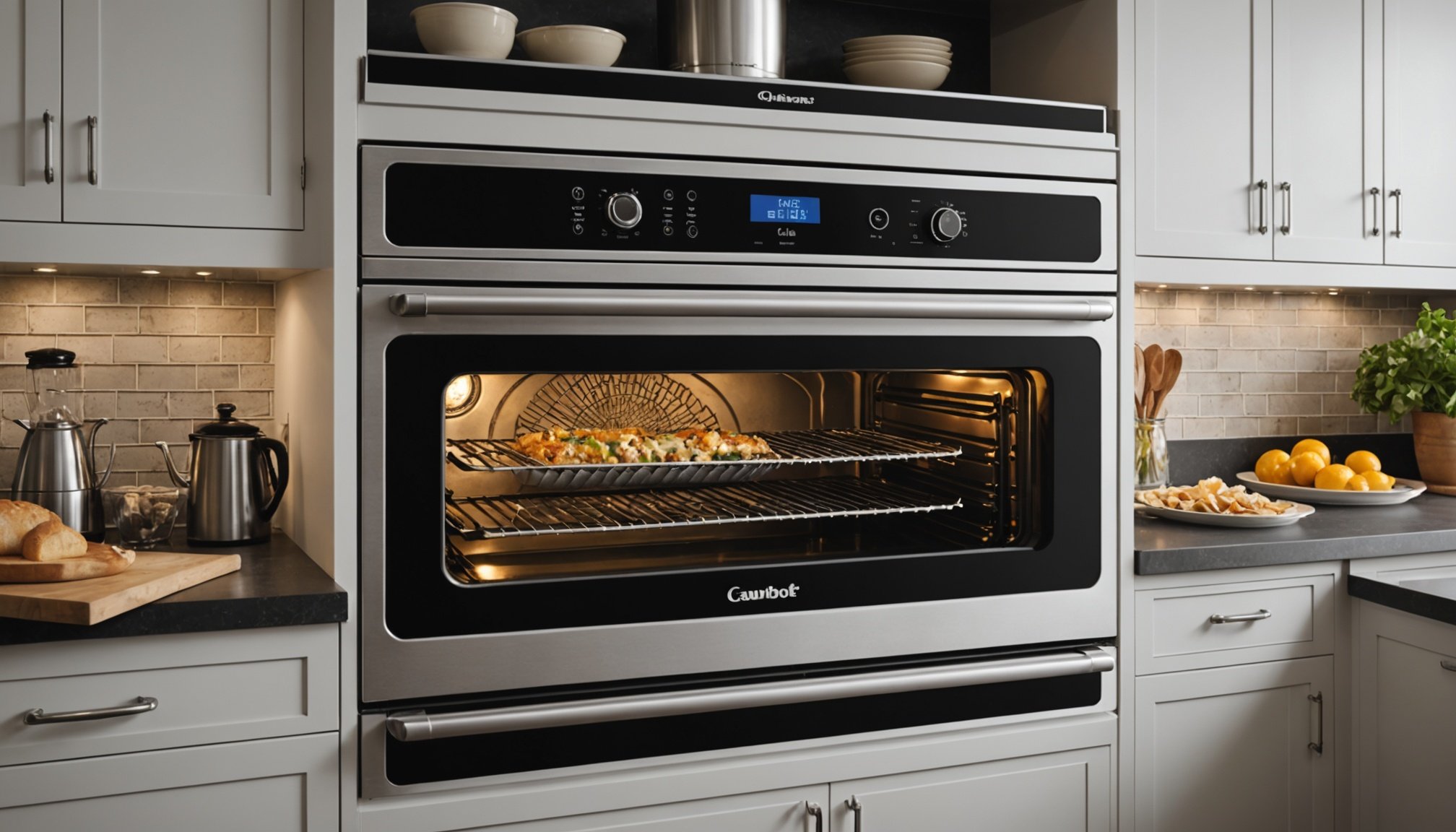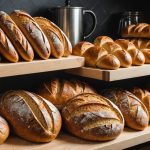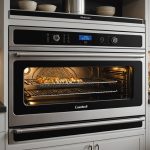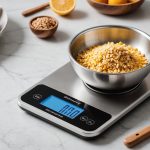Choosing the right wall oven can transform your baking results. The key lies in heat distribution, which affects everything from bread to pastries. With various features and technologies available, understanding how they impact your cooking will elevate your culinary experience. This guide demystifies the selection process, helping you find an oven that promotes even heating and consistent performance. Say goodbye to unevenly baked goods and hello to mastered recipes that impress your family and friends. Let's explore the essentials of selecting the perfect wall oven for your baking journey.
Understanding Wall Oven Types
When selecting a wall oven, it's essential to understand the various types available, such as convection ovens, traditional ovens, and combination models. Each type offers distinct features and benefits that cater to different cooking preferences and needs.
In parallel : Discover the Ultimate Kitchen Faucet with Integrated Filtration for Hard Water Regions: A Comprehensive Guide
Convection ovens are popular for their efficient heat distribution. They use a fan and exhaust system to circulate hot air around the food, ensuring even cooking. This feature makes them ideal for baking multiple trays of cookies or roasting meats to perfection. However, they may require recipe adjustments due to faster cooking times.
Traditional ovens, often referred to as conventional ovens, rely on radiant heat from elements at the top and bottom. They're well-suited for dishes that require slow cooking or a crispy top, like casseroles and pies. While they offer consistent results, they might not be as energy-efficient as convection ovens.
Additional reading : Discover unique corporate gifts for every occasion
Combination ovens integrate both convection and traditional heating methods. This flexibility allows users to switch between modes or use them simultaneously, offering versatility for various recipes. They can be a valuable investment for those who enjoy experimenting with different cooking techniques.
Each oven type has its advantages and disadvantages, making it crucial to consider your specific baking needs before making a decision.
Essential Features for Optimal Heat Distribution
Achieving consistent baking results hinges on effective heat distribution features. Uneven heat can lead to undercooked centers or burnt edges, making this aspect crucial for any avid baker.
Key Features to Consider
-
Convection Fans: These are vital components of modern oven technology. They circulate hot air throughout the oven cavity, promoting uniform cooking. This technology ensures that your cookies bake evenly, regardless of their position on the tray.
-
Heat Sensors: Advanced baking features often include precise heat sensors. These sensors monitor temperature fluctuations and adjust the heating elements accordingly. This precision aids in maintaining the desired temperature, crucial for delicate recipes such as soufflés or meringues.
-
Insulation: Proper insulation is another critical feature that enhances heat distribution. It minimizes heat loss, ensuring that the oven maintains a consistent internal environment. This not only improves cooking results but also enhances energy efficiency.
By investing in ovens with these advanced oven technology features, you can expect superior baking outcomes. Whether you're preparing a simple loaf of bread or an intricate layer cake, these features will help you achieve professional-level results in your home kitchen.
Size and Space Considerations
When selecting a wall oven, understanding its size in relation to your kitchen space is crucial. Start by measuring the available space where the oven will be installed. This ensures the oven fits seamlessly into your kitchen layout. Consider both the height and width, keeping in mind that standard wall oven sizes typically range from 24 to 30 inches in width. However, for those with unique kitchen designs, custom options are available to suit specific dimensions.
Installation and Accessibility
The installation process requires careful planning. Ensure there's adequate space not only for the oven itself but also for ventilation and door clearance. Accessibility is another important factor—install the oven at a height that’s convenient for all users, reducing the need for excessive bending or reaching. This enhances both safety and ease of use.
Standard vs. Custom Options
While standard sizes suffice for most kitchens, custom wall ovens can be tailored to fit unconventional spaces. Custom options might be necessary for smaller kitchens or for those looking to integrate the oven into a specific design aesthetic. In either case, precise measurements and thoughtful planning are key to achieving a functional and stylish kitchen setup.
User Reviews and Model Comparisons
Choosing the right wall oven can be daunting, but user reviews provide valuable insights into real-world performance and satisfaction. Understanding user experience can highlight potential issues or advantages that might not be immediately apparent from product descriptions alone.
Importance of User Reviews
User reviews are crucial in the decision-making process, offering firsthand accounts of how a wall oven performs over time. They can reveal insights into durability, ease of use, and any recurring issues, helping you make a more informed choice.
Comparison of Popular Models
When comparing wall oven models, feedback often highlights differences in model performance and reliability. For instance, some models are praised for their efficient heat distribution and user-friendly interfaces, while others may receive criticism for inconsistent cooking results or complex controls.
Features Enhancing User Satisfaction
Certain features consistently enhance user satisfaction. These include intuitive controls, robust construction, and self-cleaning capabilities. Models offering a combination of convection and traditional heating often receive positive feedback for their versatility. Assessing these features through user reviews can guide you towards a model that aligns with your cooking habits and expectations.
Tips for Achieving Perfect Baking Results
Achieving perfect baking results often involves a combination of baking tips, oven techniques, and understanding the nuances of your recipes. A fundamental step in this process is preheating your oven. Preheating ensures that the oven reaches the desired temperature before placing your dish inside, which is crucial for consistent cooking. This step helps prevent uneven baking, where the outside might cook faster than the inside.
To further enhance your baking success, employ specific oven techniques tailored to your oven type. For example, in convection ovens, reducing baking temperatures by about 25 degrees Fahrenheit can help accommodate the faster cooking times. In traditional ovens, rotating trays halfway through baking can promote even heat distribution.
Understanding recommended baking times and temperatures for different recipes is also key. While general guidelines exist, such as baking cookies at 350 degrees Fahrenheit for 10-12 minutes, always consider the specific requirements of your recipe. Adjusting these parameters based on your oven's performance and the ingredients used can lead to better results.
By integrating these baking tips and techniques, you can achieve recipe success and enjoy consistently delicious baked goods.
Maintenance and Care for Longevity
Ensuring the longevity of your wall oven involves diligent oven maintenance and care tips that cater to its specific needs. Regular maintenance practices are crucial for keeping your appliance in top condition and avoiding costly repairs.
Regular Maintenance Practices
Routine checks and cleaning are essential. Inspect the oven door seals for any damage, as faulty seals can lead to heat loss and inefficient cooking. Ensure the oven is unplugged before performing any maintenance tasks to avoid accidents.
Cleaning Techniques for Different Oven Types
Different oven types require specific cleaning methods. For convection ovens, remove the fan cover and clean it to prevent grease build-up. Traditional ovens benefit from a gentle scrub with a baking soda paste to tackle stubborn stains. Avoid using harsh chemicals, which can damage the oven's interior.
Troubleshooting Common Issues
Addressing common issues promptly can extend the life of your oven. If you notice uneven cooking, it may be due to faulty heating elements or temperature sensors. Regularly calibrate the oven's thermostat to ensure accurate temperature settings. By following these care tips, you can maintain optimal performance and prolong your oven's lifespan.
Visual Aids and Resources
Navigating the world of wall ovens can be simplified with the right visual aids and resources. These tools provide clarity and assist in making informed decisions.
Infographics and Visual Comparisons
Infographics serve as a fantastic guide for comparing wall oven types and features. They visually break down complex information, allowing you to quickly grasp the differences and benefits of each model. For instance, a well-designed infographic might compare the energy efficiency of convection versus traditional ovens, helping you determine which aligns with your cooking needs.
Charts and Baking Resources
Charts are invaluable for illustrating heat distribution capabilities across different oven models. They can highlight how effectively each oven type maintains temperature consistency, crucial for achieving perfect baking results. Additionally, baking resources often include charts detailing optimal baking times and temperatures, tailored to specific recipes and oven types.
Video Tutorials and Guides
For those who prefer visual learning, video tutorials offer step-by-step guidance on baking techniques and oven care. These videos can demonstrate everything from preheating methods to maintenance practices, ensuring you utilise your wall oven to its fullest potential. By leveraging these resources, you can enhance your baking skills and maintain your oven's performance.
